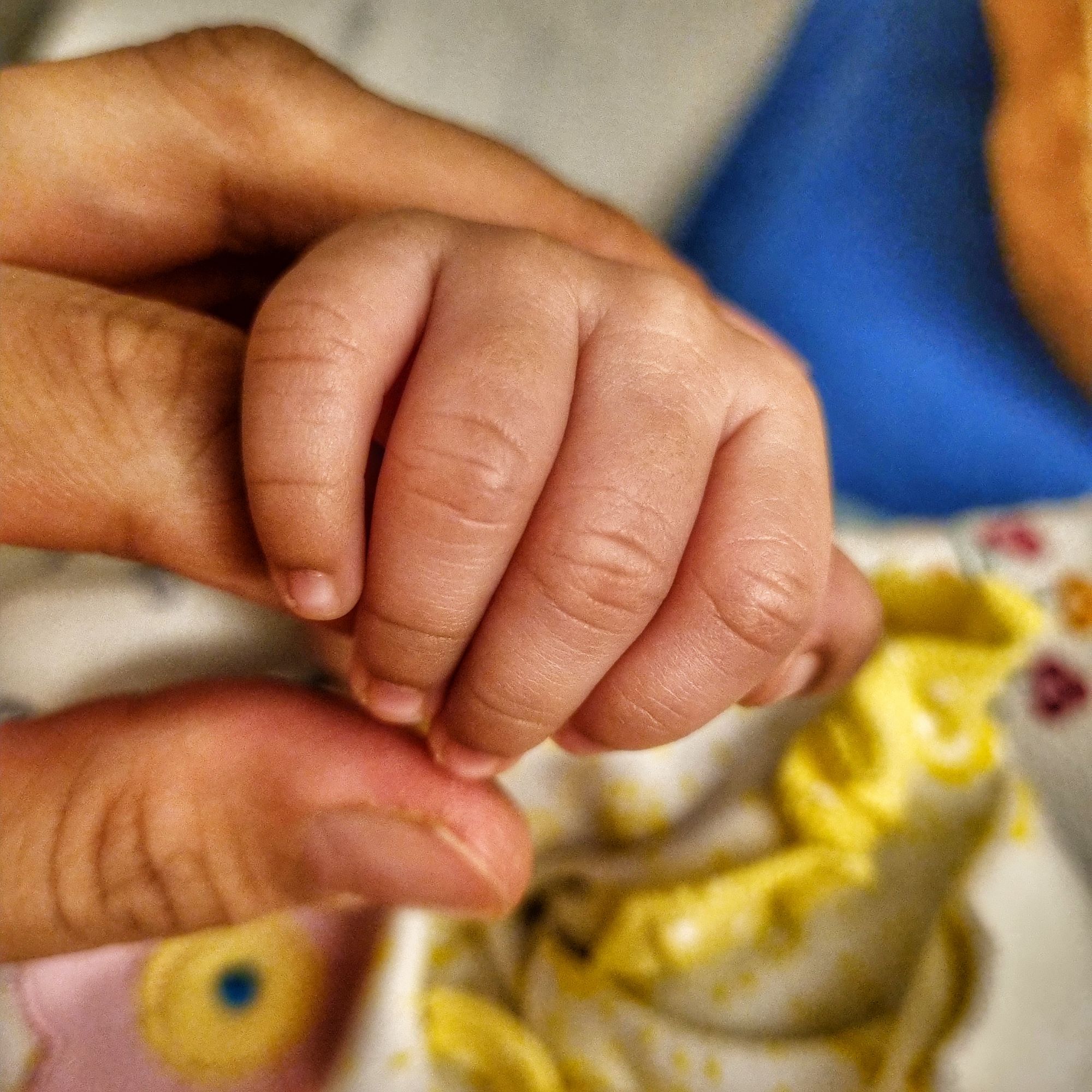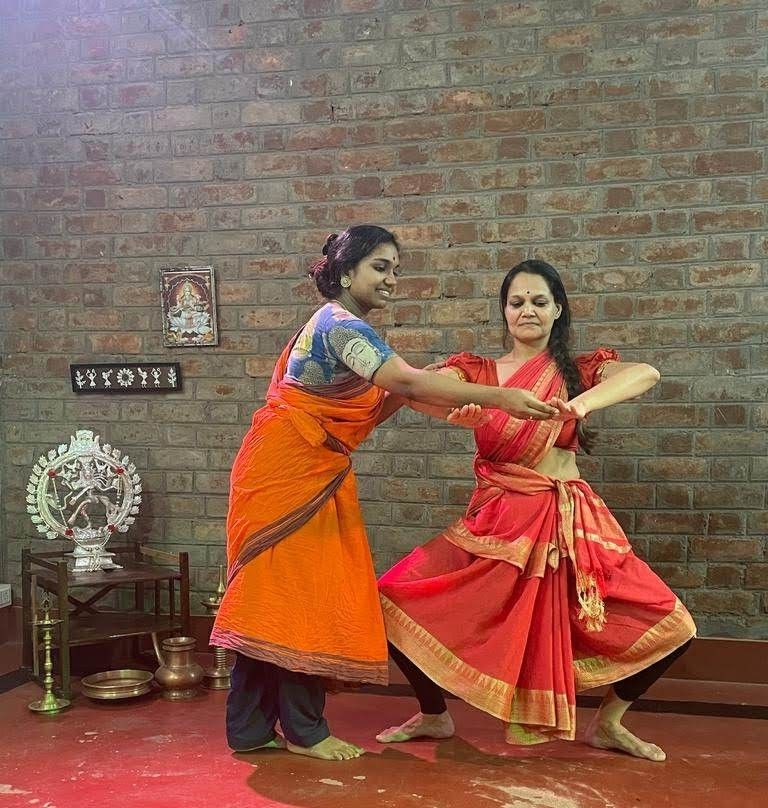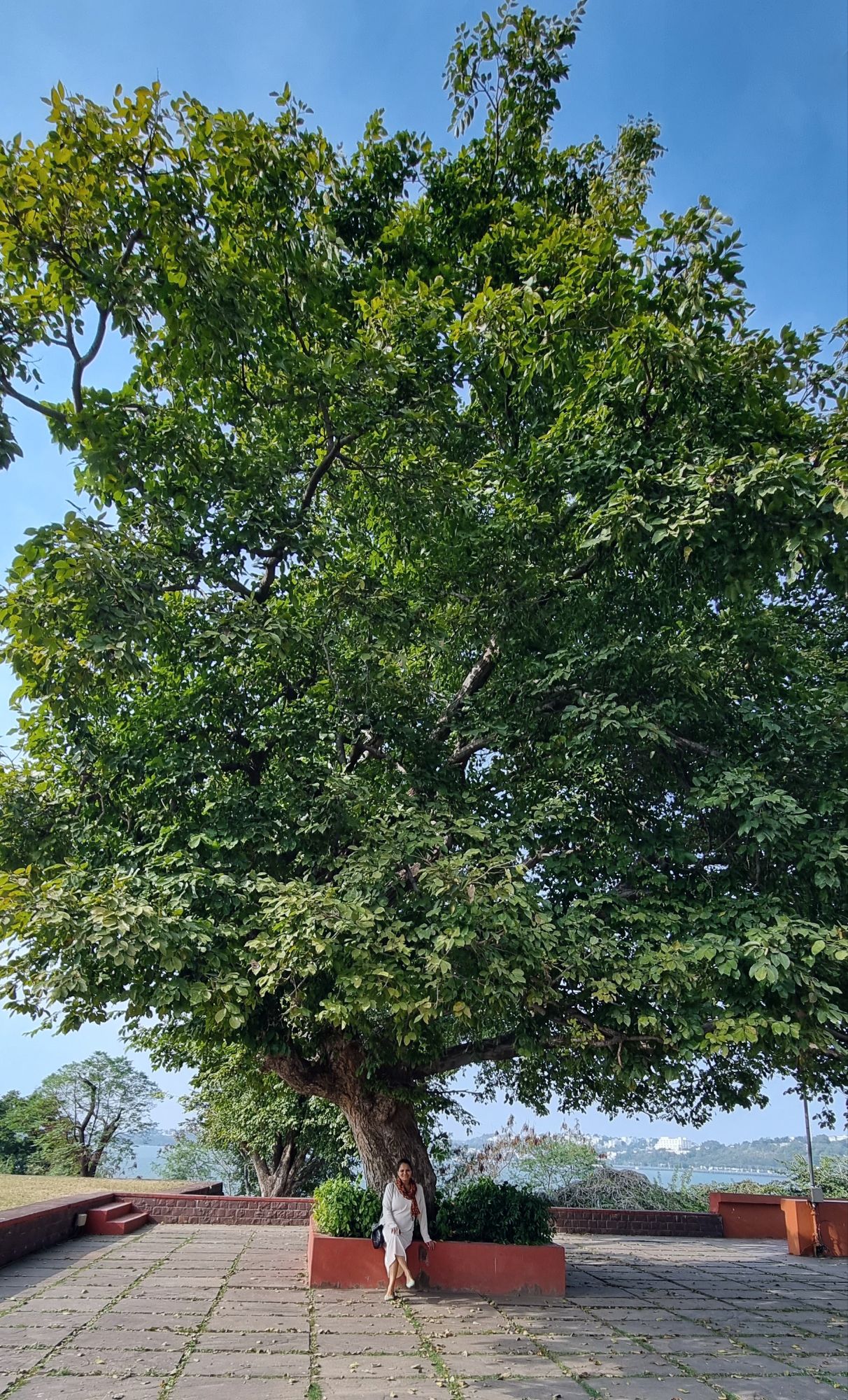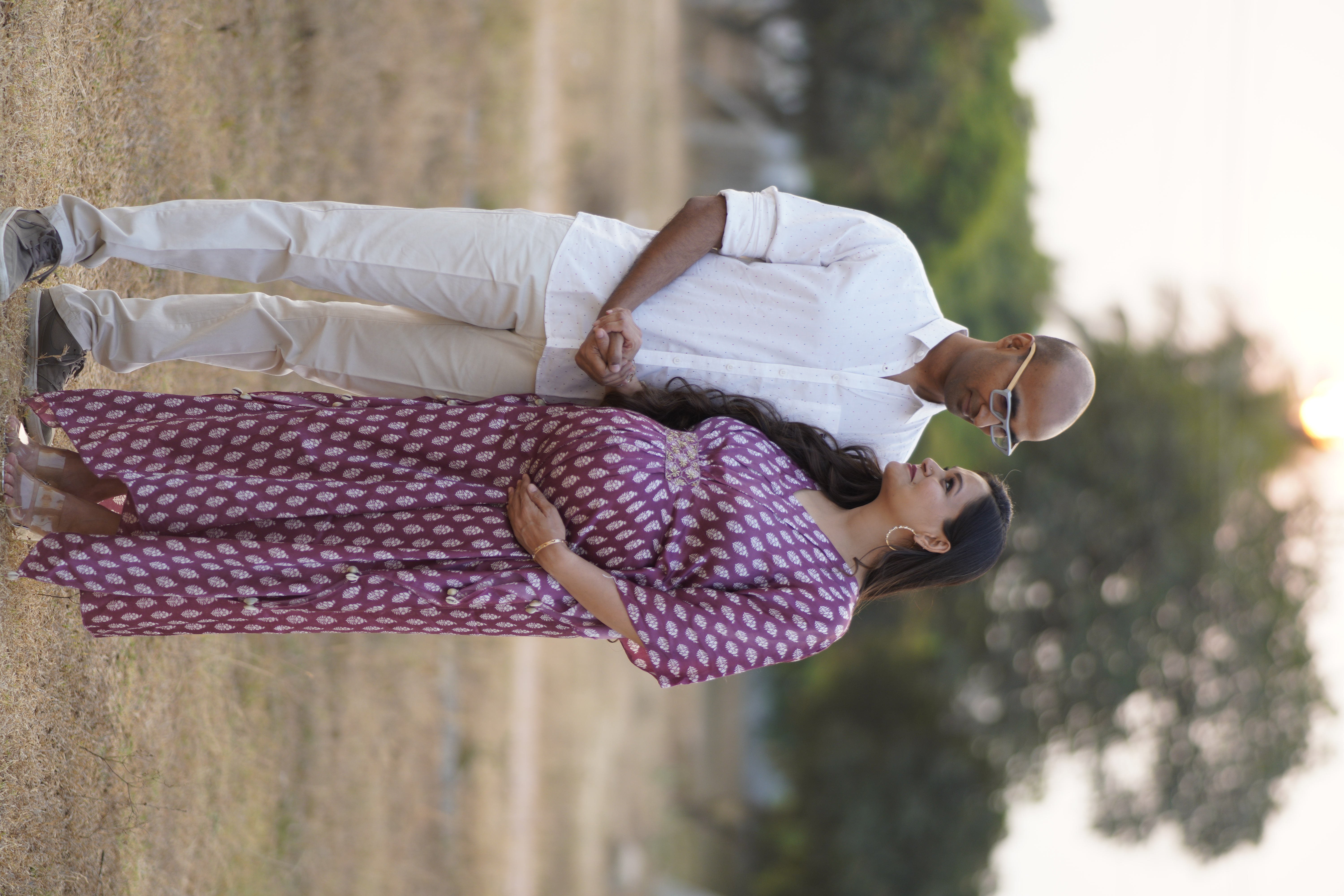A healthy baby is exactly what our wonderful team of doctors brought to us, and for that we are ever grateful.
I didn’t expect that I would write about my birth story soon after my First Trimester – A Recap blog, but life is full of surprises.
My water broke at around 9.50 am on Sunday the 24th of March, catching me completely off guard three weeks before my due date, and in the middle of a very interesting Vedanta lecture. I hobbled to the bathroom as quickly as I could, wondering why I wasn’t able to hold the pee in and also wondering why there was so much of it. Within minutes I had decided I was doomed for a lifetime of incontinence because I hadn’t assiduously done my kegels.
I was supposed to attend a get-together after my Vedanta class and although I had a premonition that something wasn’t quite right, I still got ready to go. Just as I was about to exit my house I decided to listen to the incessant voice inside my head that told me to call my doctor “just to be safe.”
“What do you think?” my doctor asked me. “Do you feel it’s urine or do you feel like your water broke?”
“Well if this is urine,” I said. “My bladder has never produced so much before!”
At the Hospital
At the hospital they confirmed that my water had broken and induced me because there were no contractions. My gynaecologist was enjoying her Sunday but soon came in to check on me. During a routine checkup the previous Thursday, I was only 2 cms dilated. Now on Sunday, after four excruciating hours of labor, I was still only 2 cms dilated.
That’s when my doctor said the dreaded ‘C’ word. I was in more pain than I’d ever been in life, cumulative. “Noooooo….” I moaned, thinking of all the horror stories I’d heard about C-sections.
“Listen,” my doctor attempted to reason with me. “You’ve had a wonderful pregnancy, everything went just like you wanted to. This is the last step. Don’t risk it now. Delay may lead to distress for the baby and exhaustion for you.”
I continued writhing in pain. My contractions were coming in faster and more painfully.
“Are you scared of the stitches then?” she continued. “Look, if you’re reluctant because you think a normal delivery doesn’t involve stitches then remember that even in a normal delivery you may need an episiotomy which takes it’s own time to heal. There is not much of a difference between a natural delivery and caesarean.”
I looked at my husband with feverish eyes. I know he would support me in whatever decision I took, but he was also considering the risk, and watching me writhing in pain.
“OK!” I screamed as the next contraction wracked my body. “Let’s do this.”
The anaesthesiologist tried to make conversation with me when I was wheeled in. “What are you expecting?” he asked me.
“A healthy baby,” I told him.
And a healthy baby is exactly what our wonderful team of doctors brought to us, and for that we are ever grateful. But…
The Aftermath
I recently finished reading My Caesarean: Twenty-One Mothers on the C-Section Experience and After. It’s a collection of essays about the c-section experience, and it helped put my experience into perspective. I resonated with every story. An unexpected c-section is something many women have a hard time coming to terms with. It’s an unplanned turn of events resulting in surgery and recuperation, and that is overwhelming.
Groggy from all the antibiotics and painkillers, many women struggle to make sense of what happened, how it happened and the millions of other ways it could have gone. Many feel the birth experience was ‘stolen’ from them.
Have I come to terms with the fact that my healthy, active, radiant, fabulous pregnancy ended with a c-section? Maybe not just yet. But like a friend of mine said to me, “Give up resistance. That’s yoga too….”









